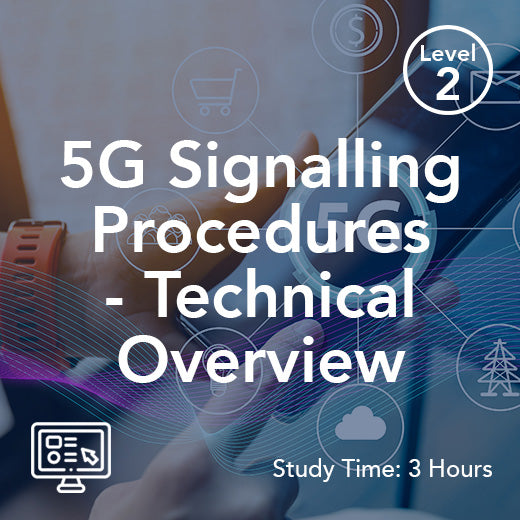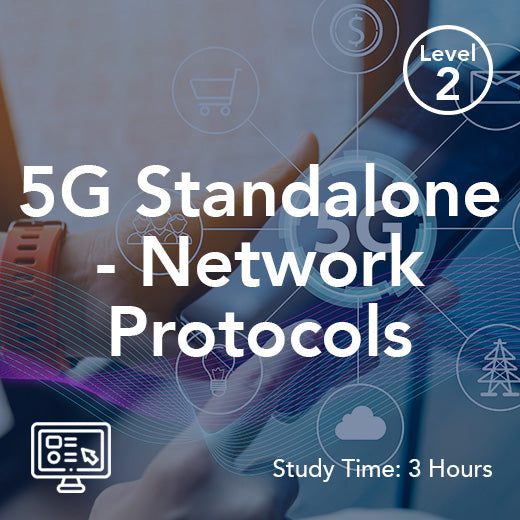What Is 5G Backhaul Infrastructure?
- , by Stephanie Burrell
- 5 min reading time
As the world becomes increasingly interconnected and reliant on digital technology, the demand for faster and more reliable wireless networks continues to grow. One of the key components of these networks is the backhaul infrastructure, which plays a critical role in ensuring that data can be efficiently transmitted between cell towers and the core network.
In the context of 5G technology, backhaul infrastructure is more important than ever. 5G promises to deliver significantly faster speeds, lower latency, and increased capacity compared to previous generations of wireless technology. However, in order to fully realize the potential of 5G, a robust and reliable backhaul infrastructure is essential. The ability of 5G networks to support numerous connected devices, low latency, and high data rates is crucial for enhancing overall network performance.
So, what exactly is 5G backhaul infrastructure? In simple terms, backhaul refers to the network that connects the radio access network (RAN) – which includes cell towers and small cells – to the core network. This network is responsible for transporting data from the edge of the network to the core, where it can be processed and routed to its final destination. The benefits of various backhaul solutions in 5G networks include high capacity, low latency, and the ability to support multiple devices, making them essential for optimal performance.
In the case of 5G, backhaul infrastructure must be capable of handling significantly higher data speeds and volumes than previous generations of wireless technology. This means that traditional copper and fiber-optic connections may not be sufficient to support the demands of 5G networks. As a result, wireless backhaul solutions are becoming increasingly popular in the deployment of 5G networks.
Wireless backhaul solutions use microwave or millimeter-wave radio frequencies to transmit data between cell sites and the core network. These solutions offer several advantages over traditional wired backhaul, including faster deployment times, lower costs, and greater flexibility. Additionally, wireless backhaul can be used to extend coverage to areas where laying fiber-optic cables is not feasible or cost-effective.
In addition to wireless backhaul, fiber-optic connections are also an important component of 5G backhaul infrastructure. Fiber-optic cables offer high bandwidth and low latency, making them ideal for carrying large volumes of data at high speeds. In some cases, a hybrid approach combining both wireless and fiber-optic backhaul may be used to provide the necessary capacity and reliability for 5G networks.
As 5G technology continues to roll out across the globe, the importance of backhaul infrastructure cannot be overstated. Without a robust and reliable backhaul network, the full potential of 5G technology cannot be realized. As such, telecom operators and network providers are investing heavily in upgrading and expanding their backhaul infrastructure to support the demands of 5G.
In conclusion, 5G backhaul infrastructure plays a critical role in enabling the high-speed, low-latency, and high-capacity capabilities of 5G technology. By leveraging a combination of wireless and fiber-optic solutions, telecom operators can ensure that their networks are able to meet the demands of an increasingly connected world. As 5G continues to evolve and expand, the significant advantages of different backhaul solutions will only continue to grow.
Introduction to Backhaul Technology
Backhaul technology refers to the connection between the core network and the mobile network, enabling the transfer of data between these two entities. In the context of 5G wireless backhaul, this technology plays a crucial role in supporting the high bandwidth, low latency, and high capacity requirements of next-generation networks. Wireless backhaul networks are essential for handling the anticipated traffic, and their design must consider link reliability, network resiliency, and cost and management efficiency. The integration of connected devices, including IoT devices and mobile devices, has led to an exponential growth of Internet traffic, making backhaul technology a critical component of modern telecommunications.
Types of Backhaul
There are several types of backhaul, including wired and wireless backhaul. Wired backhaul, such as fiber backhaul, offers high capacity and low latency but can be costly and difficult to deploy. Wireless backhaul, on the other hand, provides a more flexible and cost-effective solution, with options including millimeter wave bands and microwave backhaul. The choice of backhaul type depends on various factors, including the specific use case, budget, and timeline. Mobile operators must consider the advantages and disadvantages of each type to determine the most suitable solution for their network. Additionally, the use of small cells and 5G wireless backhaul can help support the growing demand for high-bandwidth, low-latency connections.
5G Backhaul Infrastructure
The 5G backhaul infrastructure is designed to support the high capacity and low latency requirements of next-generation networks. This infrastructure includes a range of technologies, such as millimeter waves, microwave backhaul, and fiber backhaul. The use of small cells and wireless backhaul networks can help enable faster speeds, lower latency, and improved security. Mobile operators must consider the specific requirements of their network, including the number of connected devices, the amount of traffic, and the desired level of reliability, when designing their 5G backhaul infrastructure. Furthermore, the integration of IoT devices and the growth of smart cities will require a robust and scalable backhaul infrastructure to support the increasing demand for connectivity.
Frequency Bands and Spectrum
Frequency bands and spectrum play a critical role in wireless backhaul networks. The use of millimeter wave bands, such as the 71-86 GHz band, can provide high capacity and low latency, while microwave backhaul can offer a more cost-effective solution. Mobile operators must consider the availability of spectrum, the cost of licensing, and the potential for interference when selecting a frequency band for their wireless backhaul network. Additionally, the use of license-exempt spectrum, such as the 60-71 GHz band, can provide a more flexible and cost-effective solution for certain use cases. The efficient use of frequency bands and spectrum is essential for supporting the growing demand for high-bandwidth, low-latency connections in next-generation networks.
Security Features
Security is a critical component of wireless backhaul networks, particularly in the context of 5G and IoT devices. Mobile operators must consider the potential risks and threats associated with wireless backhaul, including hacking, eavesdropping, and denial-of-service attacks. The use of advanced security features, such as encryption, authentication, and access control, can help protect wireless backhaul networks from these threats. Additionally, the implementation of secure protocols, such as IPsec and SSL/TLS, can provide an additional layer of security for wireless backhaul networks. The integration of security features into wireless backhaul networks is essential for supporting the growing demand for secure and reliable connectivity in next-generation networks.

































